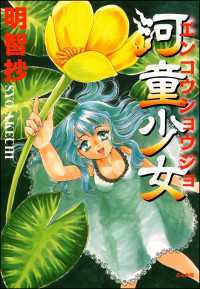- ホーム
- > 洋書
- > 英文書
- > Nature / Ecology
Full Description
The complete guide to these jewels of the tropical Old World undergrowth
Inhabiting tropical and subtropical forests of the Old World, pittas, broadbills and asities include some of the most beautiful, elusive and sought-after birds on the planet. Pittas are medium-sized, insectivorous terrestrial birds that are rather thrushlike in their behaviour. Most are brilliantly coloured, generally solitary, and have a well-deserved reputation for secretive, skulking habits, adding to the challenge of seeing them in their often dark environment. The 52 species of pitta largely occur from Asia through Wallacea to New Guinea and Australia, with two (perhaps three) species in Africa.
Broadbills are very different to pittas, being typically chunky birds with large heads, broad flattened beaks and short legs. The majority are colourful and sociable, but none are terrestrial. Three are highly frugivorous, but the others are largely insectivorous. They form a diverse group of 18 species in nine genera, of which four species are confined to Africa, with the rest in Asia.
The four species of asities form an endemic Madagascan family. Two species are similar to broadbills, but the other two resemble sunbirds, even in their feeding habits. Breeding males have facial wattles (as do two broadbill species).
The first monograph of these three groups was published in 1996; this book, by the same author, is its follow-up. Completely revised and updated, it draws together a wealth of material from the literature and from online and unpublished sources to provide the ultimate reference to these fascinating birds, from taxonomy and identification to habitat requirements, biology and ecology, accompanied by a stunning photographic selection, and the art of Martin Woodcock.








